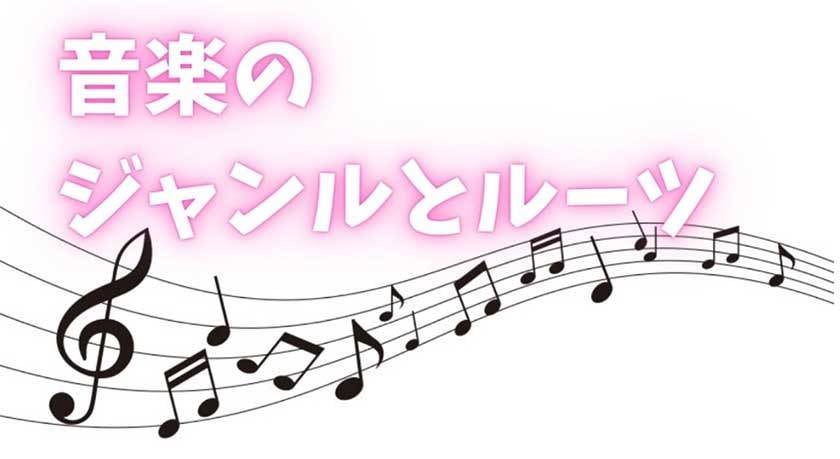
Those of you who have come across this column are likely music lovers, so you probably have a certain preference for specific music genres or styles.
But how much do you know about the roots and history of your favorite genre?
Some people may feel uncomfortable with the idea of categorizing music into genres, but there is much to be learned by understanding the roots of each genre.
In this article, I would like to discuss the joy and importance of discovering the roots of music, using real-life examples.
■ Genres Familiar to the Japanese
For convenience, the genre commonly referred to as "Pops" or "J-Pop" is one of the most familiar genres in Japan.
However, strictly speaking, it is not a genre in the musical sense. Any music that becomes popular or enters the hit charts can be classified as Pops, meaning rock, jazz, or folk music can all fall under the Pops category.
It may seem somewhat lackluster in terms of definition, but depending on how you look at it, it can also be seen as a flexible term that embraces all genres.
If you're simply enjoying music, there's no need to constantly research the origins or subgenres of your favorite pop songs.
If you're curious and want to look it up, that's perfectly fine. But if you're not interested in delving that deeply, that's completely okay too.
However, as a musician, knowing the roots of music can greatly expand the range of your expression.
Many of you may have been told at some point, "You should listen to various kinds of music," and this is one of the reasons behind that advice.
■ For Fans of TUBE
Now, let's consider how a fan of TUBE might go about exploring the roots of their music.
TUBE is a band that has been active in the Japanese pop scene for over 30 years, known for their catchy melodies and rock-influenced songs.
In addition, they are particularly famous for having many songs related to summer, earning them a strong association with the season, much like Southern All Stars, making them both iconic summer bands.
The band's soundmaker, guitarist Haruhata, is known for his proficiency in hard rock-style playing. However, a unique feature of his style is the incorporation of genres such as samba, reggae, and Hawaiian music, which evoke images of summer and tropical regions, blending rock elements with these lively and vibrant influences.
○ Where does samba connect?
Samba is not very familiar to the Japanese (although its recognition as a dance is relatively high), so let's assume you decided to study it.
The distinctive rhythm of samba is something rarely heard in Japanese pop music, so if it can be incorporated effectively, it could become a powerful tool to differentiate yourself from others.
Samba has a derivative genre called bossa nova, and its chord progressions and rhythms are great for learning.
While there may be few enthusiastic fans of bossa nova in Japan, it is often used in stylish spaces like cafes and restaurants, meaning most people are more likely to hear it than samba.
However, since it is mostly played as background music, not many people have in-depth knowledge of it.
Because of this background, it is often confused with jazz, which is also commonly used in such fashionable settings.
However, jazz is a genre rooted in blues, and even when listening to old samba or bossa nova, it doesn't directly connect to jazz. If you want to study jazz, you need to learn about jazz itself and blues as well.
However, Brazilian pop music is heavily influenced not only by samba and bossa nova but also by jazz. People who listen to modern Brazilian pop music, recognizing it as samba, may naturally be hearing elements of jazz as well.
○ Where does reggae connect?
Reggae is said to have originated in Jamaica, and although both it and samba come from the South American continent, their roots are different. For Japanese people, both may give off a tropical music vibe, but samba traces its origins to African tribal dances and European dances, while reggae, if you trace its roots, comes from R&B and blues.
Between 2000 and 2010, there was a period when "Japa-Reggae" (Japanese reggae) became popular. However, the R&B and blues roots of reggae are not so far removed from the sensibilities of Japanese people. During that time, artists like Hikaru Utada, who incorporated elements of R&B and soul, had big hits. Moreover, Akiko Wada and Toshinobu Kubota had been popular even before that. Blues, too, when traced back to its origins, leads to rock, which is a genre that resonates well with Japanese listeners.
Given this background, it’s possible that pop music incorporating reggae elements, rather than pure reggae, was more easily accepted by Japanese listeners.
■ Summary
This time, we focused on TUBE, but if you explore other artists, you may discover surprising roots in unexpected places.
Players, when you find an artist you like, don't just copy that artist's music. Instead, try to explore the roots of the music by looking into the genre and the song's influences. By doing so, you may expand the possibilities for songwriting and arrangement.
Also, not just for players, but I encourage listeners to explore as well. It’s not only fun to expand your knowledge, but you might also discover new artists to love.
With streaming services now making it easy to listen to a wide variety of music, I truly think it's a great time to be alive.
The column “sound & person” is made possible by your contributions.
For more information about submissions, click here.











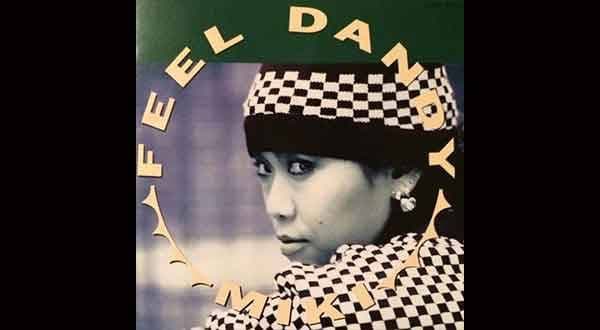





 ライブ配信に必要な機材を徹底解説 オンラインライブの創り方
ライブ配信に必要な機材を徹底解説 オンラインライブの創り方
 基礎から学ぶベースレッスン
基礎から学ぶベースレッスン
 LP パーカッション
LP パーカッション
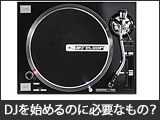 DJを始めるのに必要なもの?
DJを始めるのに必要なもの?
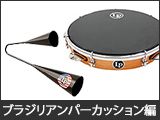 ブラジリアンパーカッション編
ブラジリアンパーカッション編
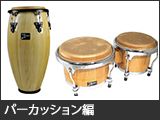 パーカッション編
パーカッション編















